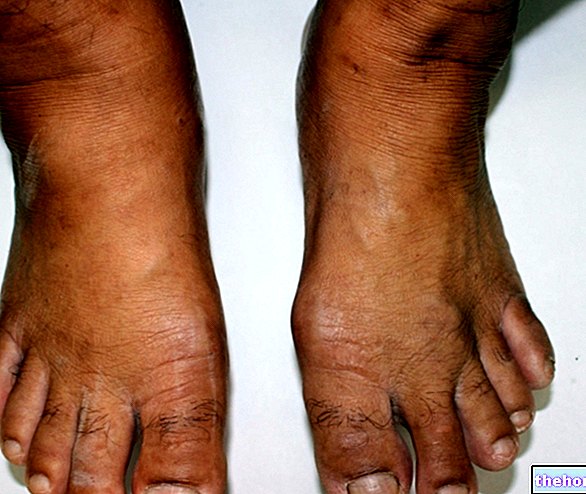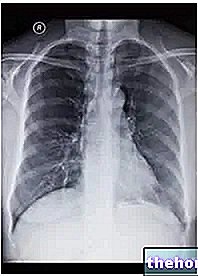Fever is often a response to bacterial or viral infections that stimulate certain blood cells (white blood cells) to proliferate and secrete various chemicals. Some of these substances act on the cerebral thermoregulatory centers by raising the set point value; therefore they behave as pyrogens (inducers of fever).

Since the temperature increase induced by endogenous pyrogens (IL-1 and TNF-α) stimulates an increase in the speed of many immune responses against invading microorganisms, fever is considered beneficial within certain limits, since it improves the body's ability to defend yourself.
Body temperature is one of the vital parameters useful for monitoring the condition of a patient: the measurement of body temperature can be useful to check if a person is sick or if the therapeutic treatment is working. There are several ways to measure fever.
and heat dispersion, that is, between the production and the consequent transfer of heat by the body. Our organism continuously produces heat (thermogenesis) as a by-product of the chemical transformations (metabolism) that continuously occur in all cells (second principle of thermodynamics).
If the heat produced were not eliminated, during muscle rest and in normal environmental conditions, the average temperature of the human body would increase by about 1.5 ° C every hour. The organism is able to maintain a dynamic balance between input (thermogenesis and absorption) and heat output (thermodispersion) from the system, mainly through the evaporation of water from the mucous membranes (favored by breathing) and through sweating (about 30 ml of sweat / h in the perspiratio insensibilis). For this reason, the body temperature is constantly maintained around 37 ° C, as the body eliminates as much heat as it absorbs and / or produces.
The regulatory center of body temperature is located at the hypothalamic level. This physiological "thermostat" is not only able to receive signals from peripheral receptors (hot - cold), but is also directly sensitive to the temperature of the blood that supplies it. The hypothalamus, in turn, generates efferent signals that influence the production and dispersion of heat, through the sympathetic and somatomotor system.




























